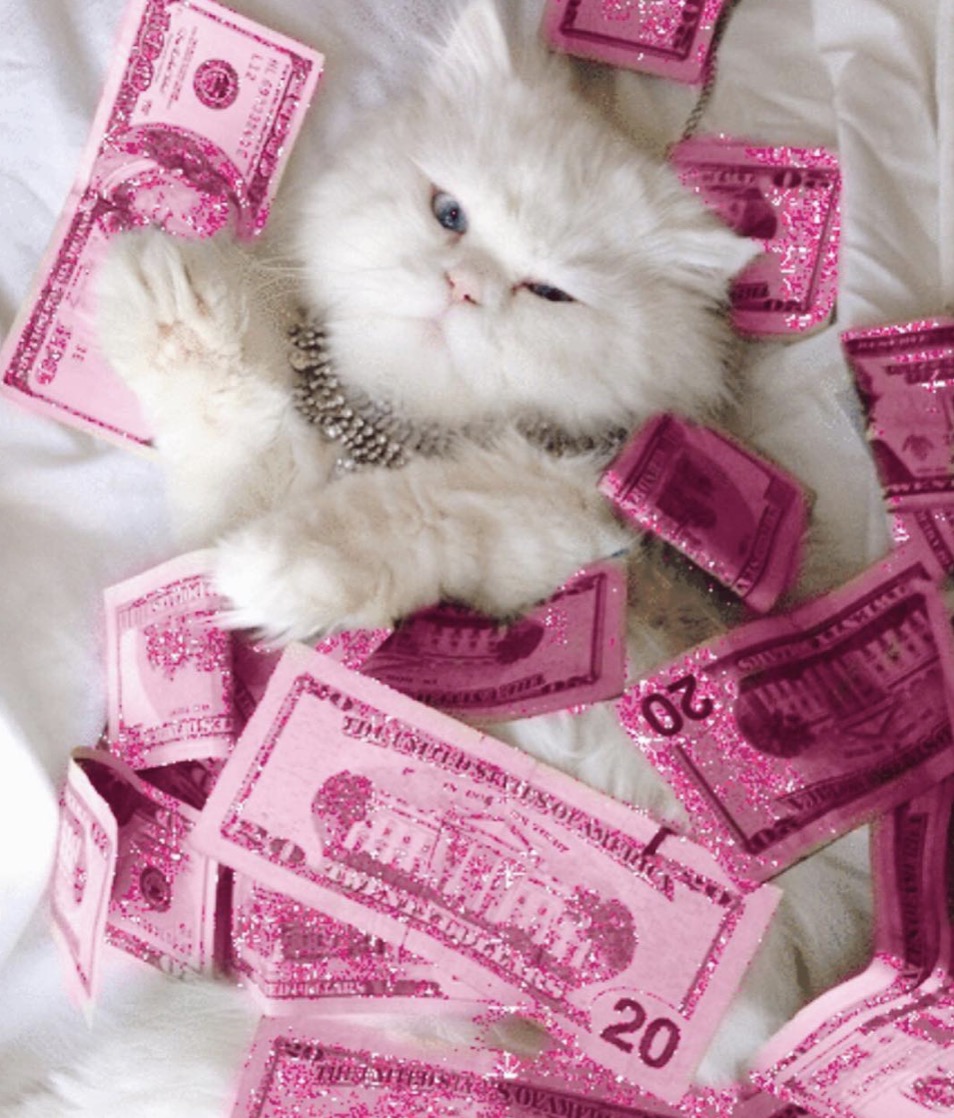Just like grocery stores have strategies to trick you into buying more than need, so do websites. From manufactured senses of urgency, to guilt and shaming tactics, countless websites are doing all that they can to influence shoppers to fill those virtual carts on click at a time.
And now, these websites are starting to get called out for it.
A new study from Princeton University revealed how websites use dark patterns – user interface design choices that benefit an online service by coercing customers into making decisions – to trick you into buying things.

Such design techniques are intended to manipulate customers into buying things they don’t necessarily need or want. Researchers studied over 10,000 websites to conclude that over 1200 e-commerce sites dupe customers with things like fake testimonials (something that’s likely a lot more common than business owners would like to admit), a countdown clock and shaming customers who try to leave, just to name a few.
Having things like a countdown clock that informs customers that they have a diminishing amount of time left to make a purchase facilitates a sense of urgency that affects their behaviour. So do pop-up notifications that tell shoppers that there is only one more item left in their size or that someone else is currently viewing that same item.
Other tactics include shaming techniques. For example, a “cancel order” or “unsubscribe” button could offer a message back that is designed to make the user feel bad. The Cosmopolitan magazine website, for example, tells users to click an “I’m boring” button if they don’t wish to receive updates (rude!).

According to the Princeton study, more than 160 retail sites use the tactic of “confirmshaming” when users try to avoid signing up or making a purchase.
There may be a link to opt out in the drop-down menu or hidden elsewhere on the site. The study found that about 30 sites made it easy to sign up for services, but painfully difficult to cancel, with things like phone calls or annoying forms part of the process.
As the Financial Post highlights, some websites will even go as far as to have a fake person looking at the same item you are to create a sense of social pressure.
The publication points to the website for online resale store ThredUp, which was found to pull combinations from a preprogrammed list of names, locations, and items, and present them as actual recent purchases made by fictitious people. It’s an easy system to employ. The Princeton study found that a large number of ecommerce sites work with third-party vendors – who openly advertise their services – to implement more manipulative designs to coerce customers into making decisions. The study highlighted 22 such vendors.

Whether or not these techniques are actually working remains to be proven as the study didn’t examine such results.
South of the border, a hearing was recently held to discuss legislation of the Deceptive Experiences To Online Users Reduction Act, which would ban the use of dark patterns in websites with over 100 million monthly users. So, it’s a growing concern regardless.
The good news for your credit card is that – as awareness grows – an increasing number of companies are being called out for their manipulation tactics.

There’s even a website aptly named Dark Patterns that is designed to both spread awareness on the prevalence of dark patterns and shame companies who use them.
In the meantime, don’t be so sure the next time you’re informed that there’s only one more item left in your size.
Featured Image: Pixabay
Articles You May Be Interested In:
More And More Retailers Are Starting To Ban Customers For Returns
8 Sales Tricks Retailers Use To Get You To Spend More Money
Here’s What It’s Like Shopping On thredUP, The Largest Online Consignment & Thrift Store
Are Fast Fashion Bricks-And-Mortar Stores On The Way Out?
Why Bankruptcy Doesn’t Always Mean It’s The End For Brands
